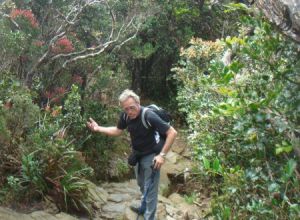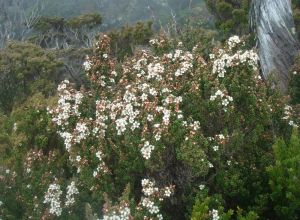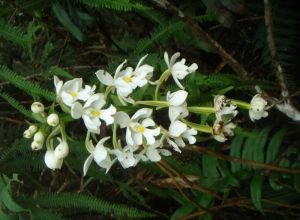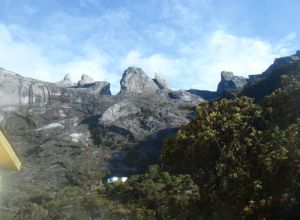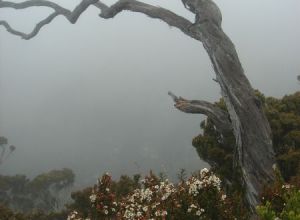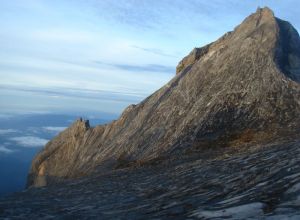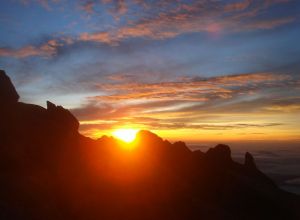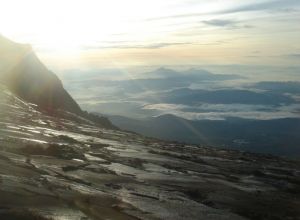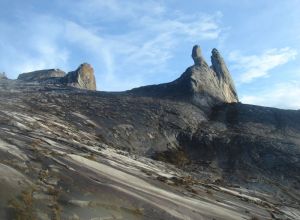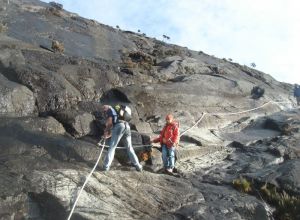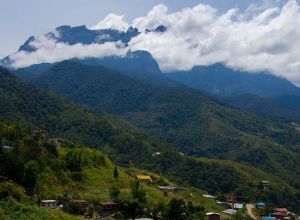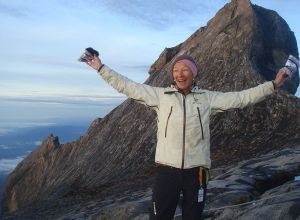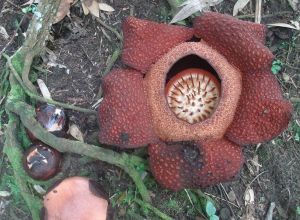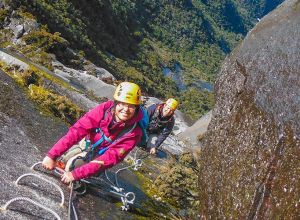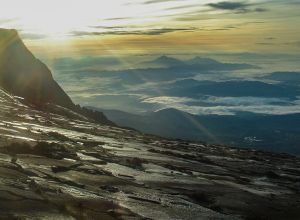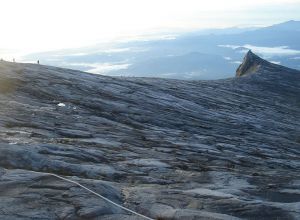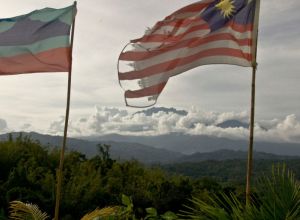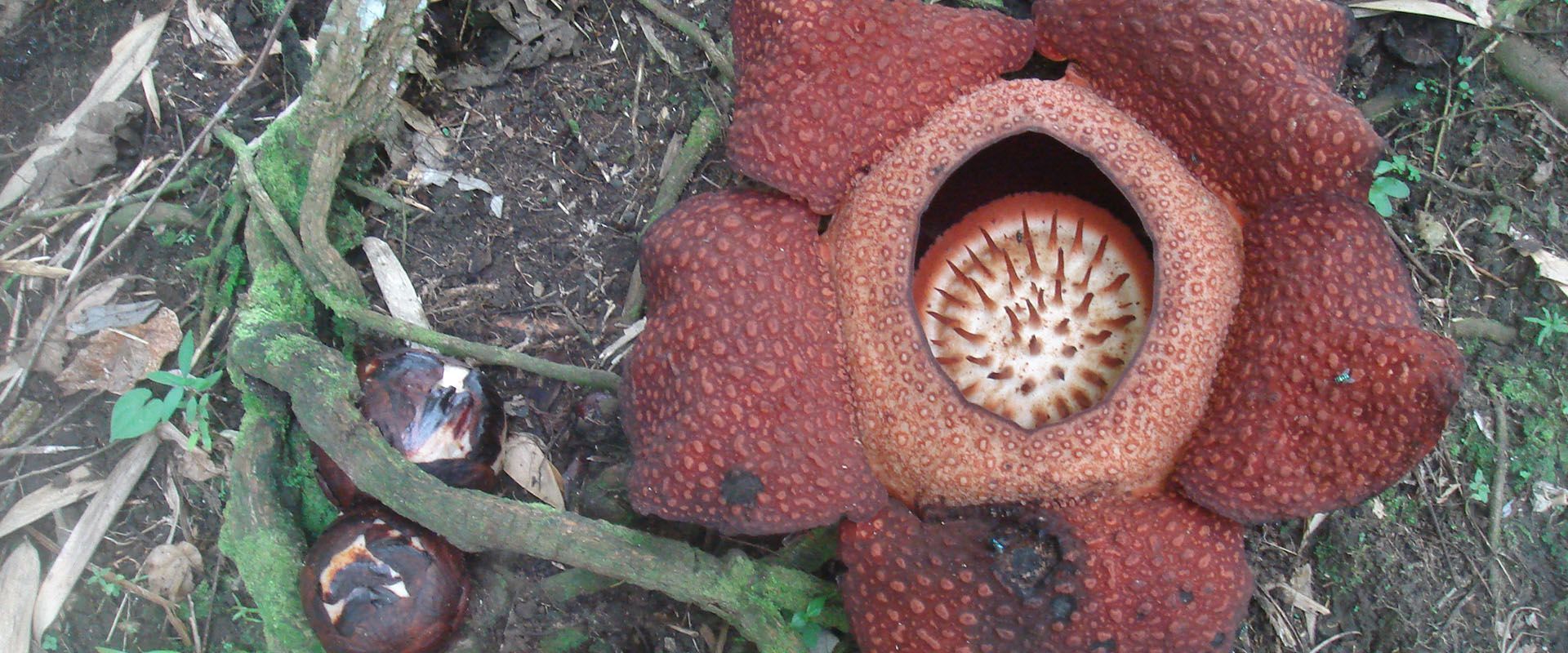
Mount Kinabalu (Sabah)
Mount Kinabalu is the highest peak in Borneo’s Crocker Range that draws not only locals but also international globetrotters to witness and experience this majestic mountain. It stands at 4095 meters and is not only the highest mountain in Malaysia but also the Malay Archipelago.
Tours Mount Kinabalu
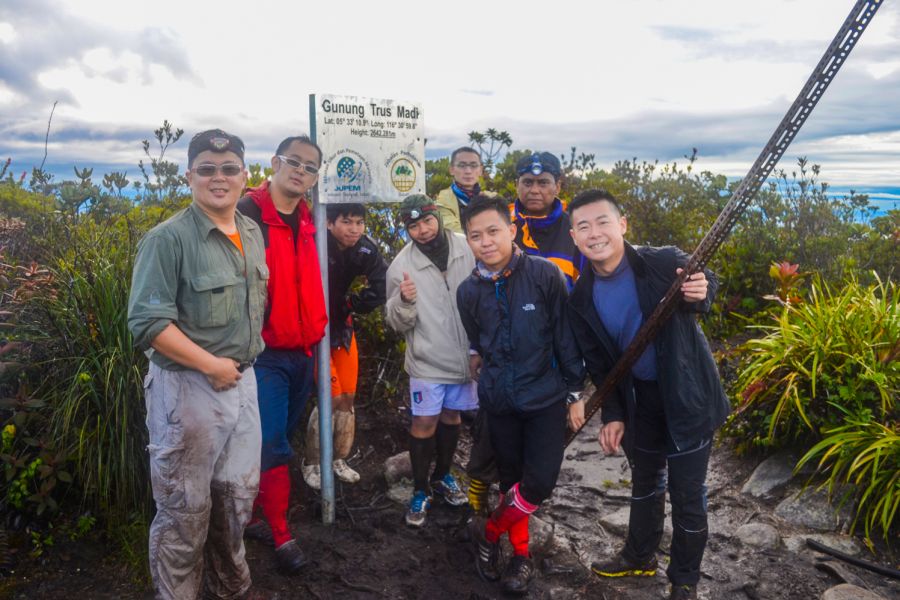
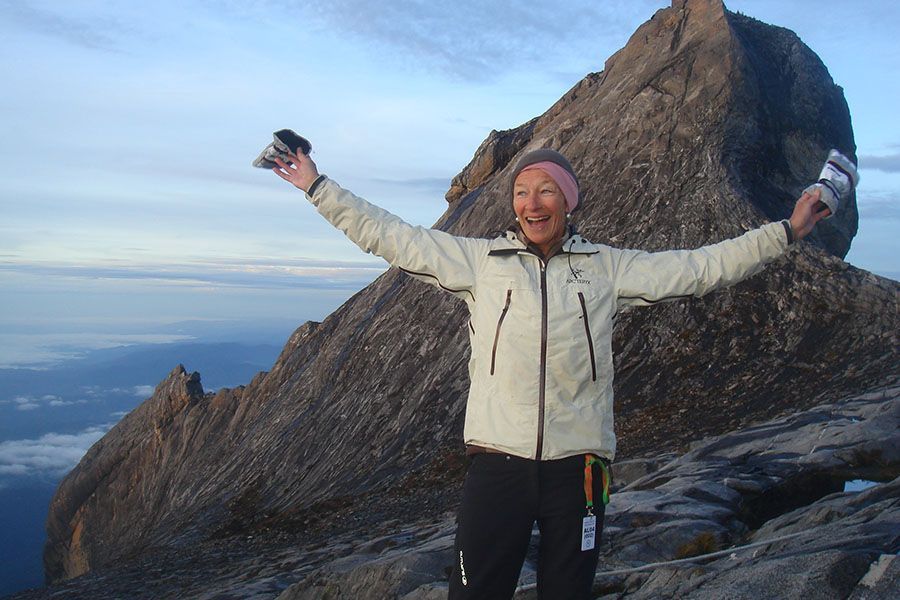
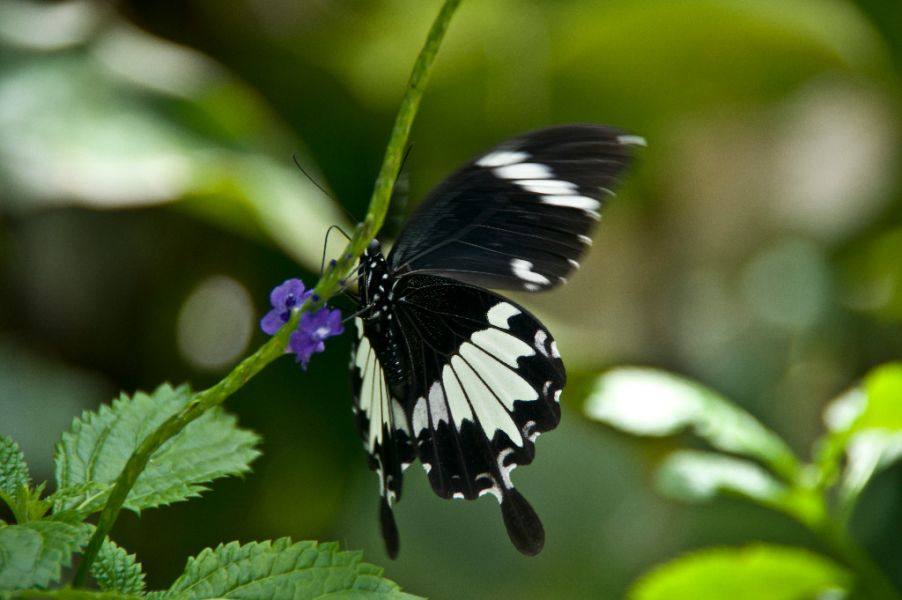
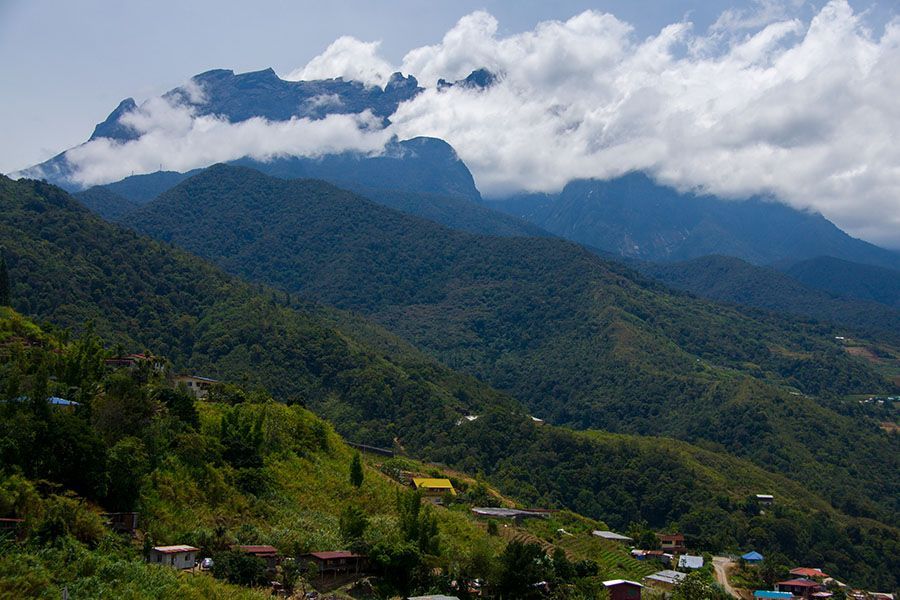
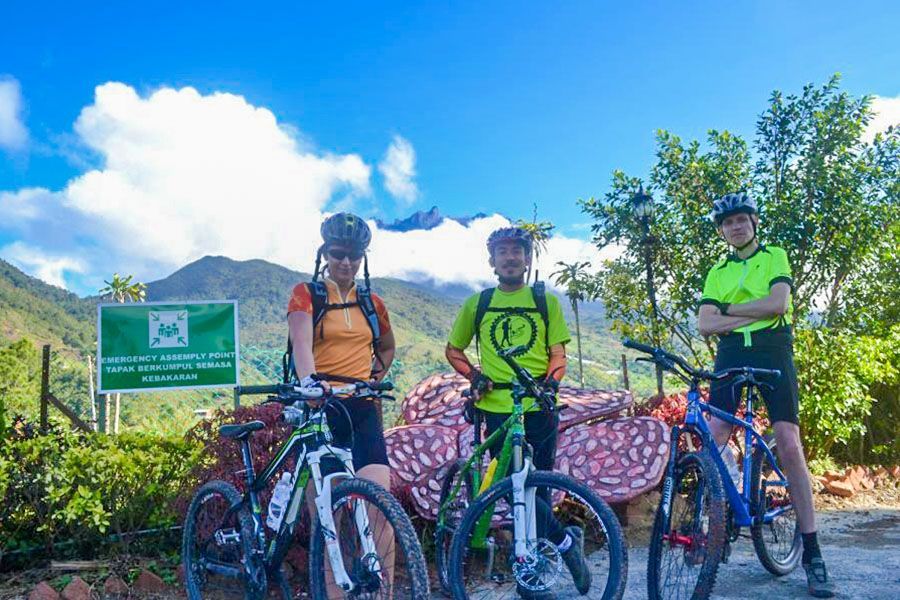
It is protected as Kinabalu Park and in Dec 2000, UNESCO awarded this park as Malaysia’s First World Heritage Site for its “outstanding universal values” and for its prominence as one of the most important biological sites in the world.
Visitors come to the park and also climb the mountain to experience the rich natural and scenic panorama the site has to offer. Among its rich collection are about 5000 to 6000 species of plants, 326 species of birds and more than 100 mammal species. This includes the enormous parasitic Rafflesia plants and Napenthes pitcher plants. The Orang Utans, Malayan Weasel, leopard cat and deer are some of the mammals that could be found around this area.
To climb Mount Kinabalu, one must adhere to the national park regulations and be accompanied by accredited guides at all times. The park only grants climbing permits to climbers who wish to stay at the mountain huts. Due to limitation of beds at the hut, the permits are only give to about 130 persons per day. As this is a small number to cater for a big number of keen climbers, it is advised that one books their space at least 6 months in advance before they intend to climb the mountain.
Due to the 5th June 2015 earthquake, the park now offers the old and new trail that leads to the summit.
The Kota Belud trail is about 2.8km from Laban Rata to the summit. It is known as the “new” part of the trail was open in Dec 2016 and consists of certain sections of the ancient trail that is slightly diverted due to safety and precaution reasons in attempt to avoid rockfall areas that took place from the 5 June 2015 incident.
The “old” route still utilizes a huge part of the original route used by Sir Hugh Low whose climb to the mountain was first documented in 1851.
Both the old and new trails begin from Laban Rata and convene at Sayat Sayat Checkpoint where climbers will ascent to the summit of 4095m mountain (Daily Express, 2016). In terms of ascent, the Mountain Torq team has provided another alternative for climbers to ascent the mountain via Ferrata (Italian for "iron road", plural vie ferrate or in English via ferratas - is a protected climbing route found in the Alps and certain other locations and in this case it is at Mount Kinabalu) (Wikipedia 2016)

